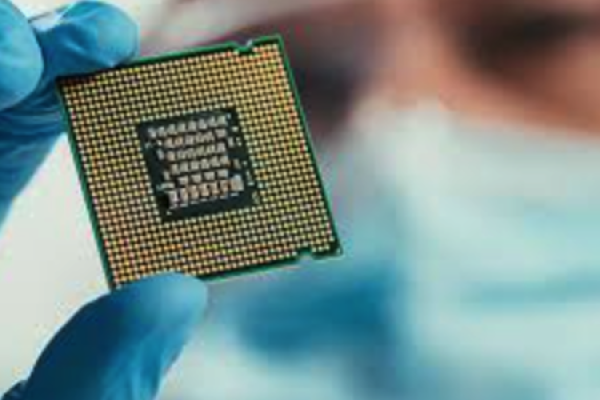Executive Summary
- Semiconductors have been heralded as the “new oil”, taking centre stage in the trade war between the USA and China today.
- “Semiconductor nationalism” is the newly coined phrase to describe the wave of industrial policies, trade protectionism and foreign policy practised by countries to protect their domestic semiconductor industries, the domestic companies in the sector receiving preferential treatment and importance over other sectors.
- Through studying the experience of a few comparator territories – USA, Japan, China, Taiwan and South Korea – we find that semiconductor nationalism is not new and was a key factor underpinning their emergence to become semiconductor global powers today.
- From the experience of the five comparator territories, we develop a three factor framework that highlights the main underlying factors for their success: a window of opportunity, semiconductor nationalism and the right agents. Semiconductor nationalism has been shown to be a necessary factor, aided by a window of opportunity and/or the right agents.
- A window of opportunity certainly exists today for Malaysia to realise its ambitions however the verdict is not clear whether the Malaysian government is prepared for the large commitments that are required.
- The experience of the comparator territories provides many models for Malaysia to consider and this discussion paper provides a framework as a basis for devising the policies that are required to take Malaysia forward in the semiconductor value chain.
Table 1: Summary of implications for Malaysia
| Key elements of semiconductor nationalism | Implications for Malaysia |
| Recognition of importance | A crucial shift in mindset in the public and private sector towards prioritizing national outcomes is required to follow through on the NSS |
| Technology acquisition | The nascent advanced packaging technology provides an opportunity for technology co-development and catch-upMalaysia should be strategic in its appropriation (which technologies to acquire)Focus on applied research projects and build on advantage in manufacturingA coherent strategy is required on how the technologies should be acquired |
| Protectionist policies | Whether Malaysia should protect its domestic semiconductor companies from uncompetitive behaviour of global agentsA cost benefit analysis should be taken in the case of uncompetitive pricing of products that are also inputs for other sectorsVarious policy tools are available – do nothing, place tariffs, enact quotas, procurement policy etc – and the pros and cons of each carefully weighedResource competition from FDI is another source of concern, Malaysia needs to identify priority sectors that need protectionA good IP regime can be a double-edged sword, Malaysia needs to craft a nuanced one that serves its needs holistically |
| Development policies | Malaysia needs to improve its R&D ecosystem and provide consistent and increased funding, improving its R&D share of GDPA localisation and government procurement policy is crucial, but tailored to sector maturityIndustrial policy needs to be balanced with ensuring competitiveness remainsExport oriented incentives is another tool that can be used in a targeted mannerSupply chain resilience consisting of the development of local players and close proximity of suppliers and customers should be the focus of the development strategy |
| Foreign policy | Semiconductor diplomacy is the “phrase du jour”.Malaysia should leverage its neutral position, mature ecosystem and semiconductor manufacturing know-how to negotiate for the areas that it lacks, such as capital, technology and key talent. |
| Capital | Malaysia’s fiscal bullets should be deployed very strategically as part of a holistic semiconductor nationalism strategy in order to be most effectiveA main objective of fiscal incentives is to build companies with strong global market shares and large and consistent cash flows to enable them to entrench themselves in high value markets and R&D activitiesThese companies should in turn be tasked to develop their supply chain locally in Malaysia and spearhead technological developmentChaebol model of South Korea is being adopted by India and Thailand, is it an option for Malaysia?Will Malaysia commit to initiatives that are costly and have long gestation periods, in a highly cyclical sector?Direct government intervention into companies (state entrepreneurial model) has not been successful, Malaysia should avoid picking winners – instead, work on building an ecosystem that incentivises competitive players to emerge |

